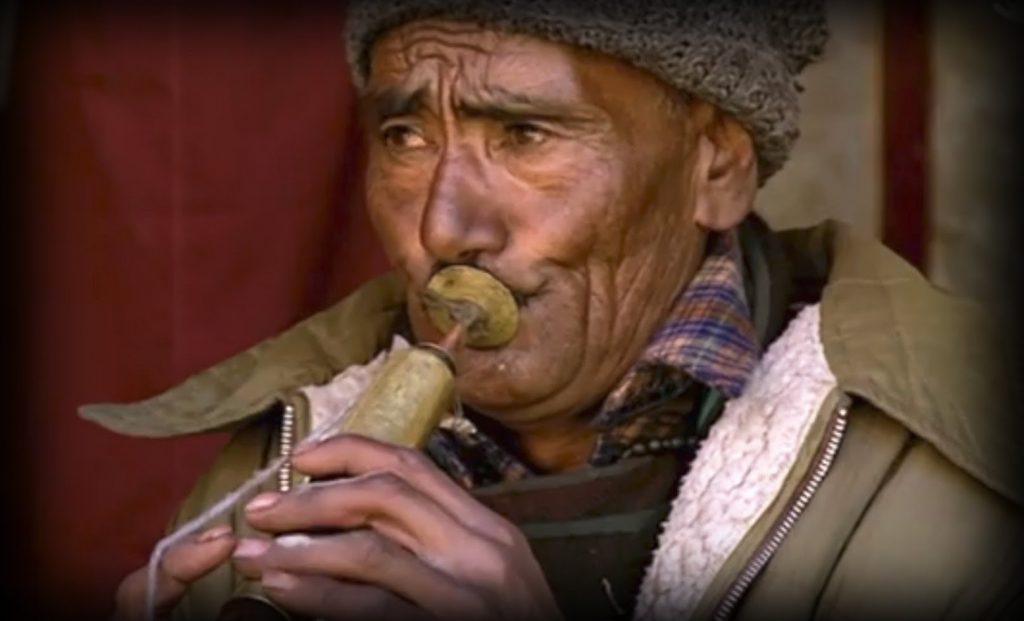In the wake of the Chinese army’s invasion of Tibet in 1958, the city of Lhasa embarked on a journey of transformation that would alter its very essence. This remarkable evolution is vividly captured in the documentary ‘Lost Worlds,’ which delves into the dramatic shift from a small, enchanting, and feudal city to a bustling metropolis defined by concrete and glass, mirroring the trajectory of major Chinese urban centers. This article takes you on a virtual expedition through the landscapes of change, peeling back the layers of Lhasa’s metamorphosis, driven by progress, abundant natural resources, and the convergence of Eastern investors seeking opportunities in this remote, resource-rich region.
Lhasa, once a city shrouded in mystique and untouched by the tides of modernity, bore witness to a profound transformation since the Chinese incursion. The documentary ‘Lost Worlds’ acts as a time machine, transporting viewers to a bygone era when Lhasa was a small and feudal enclave, celebrated for its otherworldly charm. It was a city steeped in traditions, folklore, and an age-old way of life that had flourished for centuries.
Fast forward to the present, and Lhasa has been reborn as a dynamic metropolis, reflective of the urbanization sweeping across China and beyond. The transition is evident in the rising skyline, dominated by towering structures of concrete and glass, mirroring the architectural zeitgeist of contemporary Chinese cities. This physical transformation is symbolic of the broader changes taking place in Lhasa, encapsulating the paradox of progress that often brings both opportunities and challenges.
The documentary ‘Lost Worlds’ offers an intriguing exploration of the factors that have fueled Lhasa’s metamorphosis. Over the past two decades, Eastern investors, particularly those hailing from China’s prosperous east coast, have turned their gaze toward this remote region. Lured by its vast reservoirs of natural resources and the promise of an abundant and cost-effective labor force, they have catalyzed a wave of economic development.
The local government’s fiscal and social incentives have played a pivotal role in attracting these investors, creating a fertile ground for rapid development. This confluence of interests, at the intersection of economic gain and regional growth, forms the backbone of Lhasa’s transformation story.
One of the documentary’s most compelling aspects is its ability to juxtapose the old and the new. Through a visual narrative that traverses the city’s streets, it highlights the coexistence of ancient traditions and contemporary lifestyles. It’s a testament to the resilience of a city that has adapted to the winds of change while preserving its cultural identity.
Moreover, ‘Lost Worlds’ shines a light on the social and cultural implications of Lhasa’s transformation. As the city embraces modernity, it grapples with the delicate balance between progress and heritage. The documentary invites viewers to reflect on the impact of urbanization on communities, values, and ways of life that have endured for generations.
In conclusion, ‘Lost Worlds’ is a captivating journey through the ever-evolving tapestry of Lhasa, Tibet. It encapsulates the profound shifts that have reshaped this once-feudal city into a bustling metropolis, driven by progress, the allure of natural resources, and the influx of Eastern investors. As you traverse the landscapes of change, you’ll gain a deeper understanding of the complex interplay between tradition and modernity, history and progress, and the enduring spirit of a city that continues to evolve in the face of a rapidly changing world.

